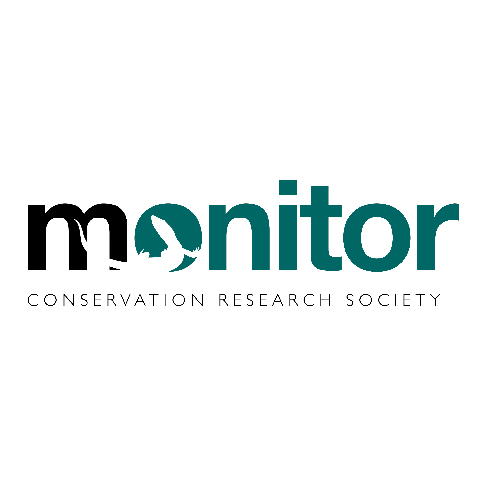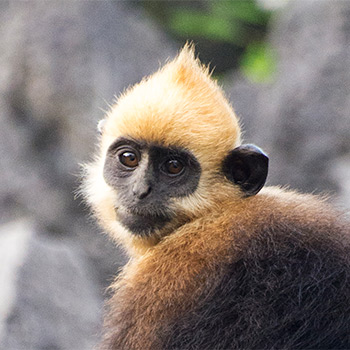Conservation Actions
This species is listed on Appendix II of CITES. It has been recorded from at least one nature reserve (Pegunungan Arfak Nature Reserve). Hunting regulations may be needed to protect certain populations. Further field studies are needed to determine the current distribution and status of the species and to identify important populations for its long-term conservation.Location Information
This species is recorded only from the Vogelkop Peninsula region of Papua Province, Indonesia and the adjacent landbridge island of Salawati. It is possible that the species may be present on the oceanic islands of Batanta and Waigeo (both Indonesia – not mapped) (Flannery 1995a,b; Helgen 2007). It has been recorded across a broad elevational range, from near sea level to 2,500 m a.s.l.Helgen et al. (2012) reported on a previously overlooked specimen collected in the Kimberley region of northwestern Australia in 1901. This specimen suggests that the distribution of the species extended into northwestern Australia where it persisted as a rare species until the early twentieth century.
Geographic Range
Extant
Indonesia
Possibly Extinct
Australia
Population Information
This species has not been definitely recorded since the 1980s. A Meybrat informant (Elimas Kambuaya) interviewed at Ayamaru (c. 350 m a.s.l.) in 1995 claimed that Zaglossus "lives in the surroundings of Mapura/Suwiam and between Mapura/Suwai and Kokas (a village close to Ajawasi) and around Ajawasi. It is rare on the other side of the lake (Ayamaru, Kartapura/Men, Kambuaya)" (Pasveer 2004: Appendix 3).Although it is uncertain whether these statements referred to a strictly contemporary situation, it is noted that the Ayamura Plateau is a rugged karst plateau with low human population density and large areas of relatively undisturbed forest. The regional occurrence of Z. bruijnii on the Ayamaru Plateau into late prehistoric times is confirmed archaeologically (Pasveer 2004).
There is little certainty over whether the species is currently decreasing. This depends on whether areas of formerly remote habitat on the Vogelkop are being opened up and if so whether this is resulting in the incursion of hunters. If the intensity of hunting is decreasing in areas such as the Ayamaru Plateau, populations might be increasing locally.
Threats
All long-beaked echidnas Zaglossus are highly susceptible to human predation with the use of trained hunting dogs able to detect and follow the animals to their daytime retreats, even in densely forested habitat. Except with the aid of dogs, long-beaked echidnas are extremely difficult to locate as they occur at naturally low densities and are nocturnal.Habitat degradation and conversion may be significant, but given the ecological breadth displayed by long-beaked echidnas, habitat changes are unlikely to be important as primary threats. However, they probably increase the likelihood of detection and predation, and there is a clear correlation between habitat conversion or degradation and regional extinction of other species of Zaglossus.
Partners
IUCN Red List Account Link
Please click here to see the species' IUCN Red List Account page.Photo Credits
Klaus Rudloff (category and featured image)






